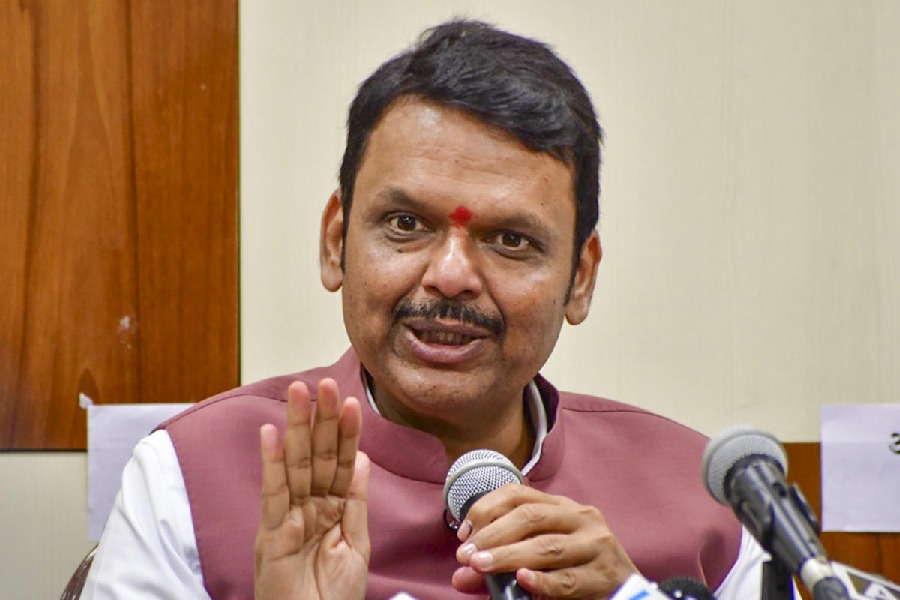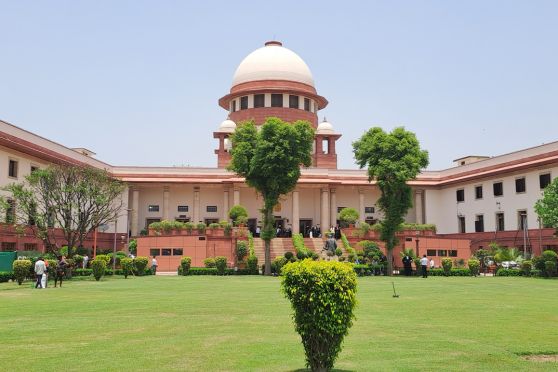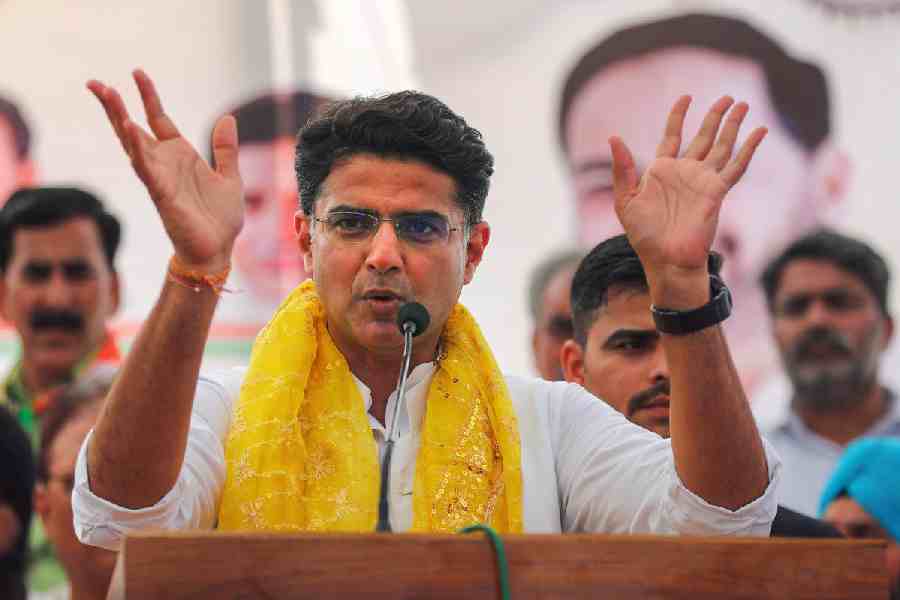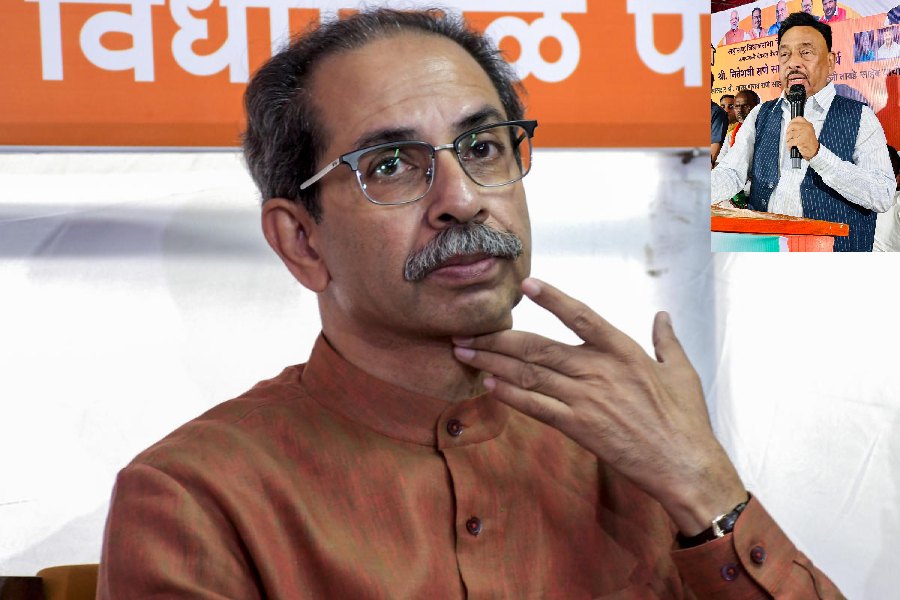The Reserve Bank of India recently revised its projection for the growth rate of the gross domestic product for 2021 to a negative 7.5 per cent from the earlier negative 9.5 per cent. This represents an improvement in the forecast, since the RBI perceives India’s economic recovery to be gathering greater momentum since the festive season. According to the RBI, although consumer and business confidence levels are still very low, expectations about the future are significantly brighter. The bank’s optimism rests on a prediction made from a baseline scenario, which assumes that in the near future there is no uptick in inflation rates and that the pandemic is under control without any deterioration through the advent of a second wave. These assumptions might not turn out to be robust: the current consumer price index inflation has already breached the RBI’s tolerance limit of 4 per cent. Headline inflation is well above 7 per cent, and food and beverages inflation is above 11 per cent as recorded in October 2020. The index of industrial production grew by 0.2 per cent in September this year. This is hardly anything to be pleased about.
The economy is far from a stable path to recovery, with supply chains still disrupted and unemployment and disguised unemployment at alarming levels. Education and other major sectors like hospitality and travel remain in the doldrums. On the coronavirus front, there is already a wave of new infections based on a mutant strain that is threatening Europe. There is no reason yet to believe that the nation is immune to this new menace. The availability of the vaccine in India is not quite certain either. To be fair, the RBI has nothing more to do at the moment. It has placed a large menu of enabling credit lines on the table. It is for producers and consumers to feel the urgency to avail of these enablers to boost demand and production. So far, that confidence is just not showing. The commercial banks are wary of opening the credit taps too fast, fearing it will open a floodgate of bad debts. Beyond these enabling facilities, the RBI had to pause in its efforts to make credit cheaper since the rate of inflation moved beyond its stated upper limit of tolerance pegged at 6 per cent. If inflation gets worse, the central bank might even have to raise policy rates. There is still a large zone of uncertainty, and the near future remains unpredictable. Hopefully, the RBI’s latest projections are not too wide off the mark.











